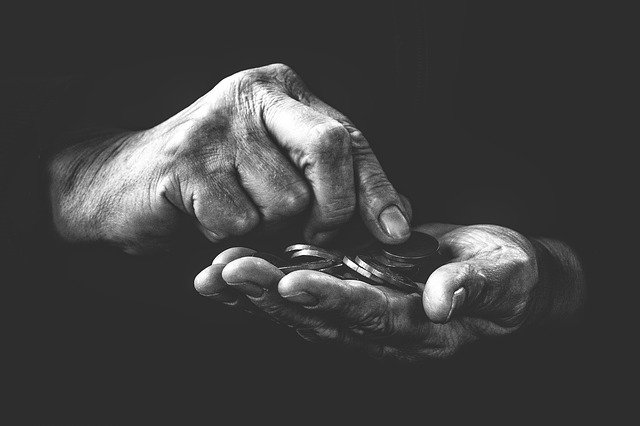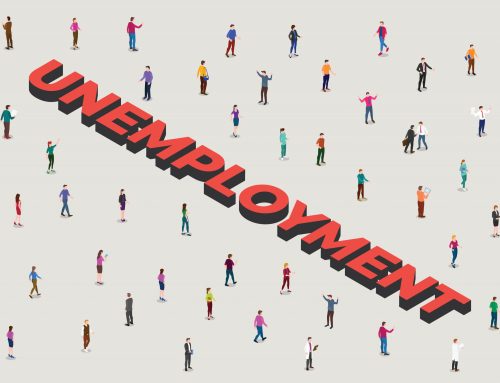October 2, 2023
Global poverty estimates were updated today on the Poverty and Inequality Platform (PIP) . As explained in more detail in the What’s New document, a total of 63 new surveys were added to the PIP database, bringing the total number of surveys to more than 2,200. These new surveys are largely historical data for advanced economies. In addition, two surveys were added for 2019 and 13 more surveys were added for more recent years.
The new surveys available for the years of the COVID-19 pandemic have increased survey data coverage to 62% of the world’s population in 2020 and 34% in 2021. With this update, poverty estimates are reported for all regions of the world for 2020, except for Sub-Saharan Africa, as well as the Middle East and North Africa. For 2021, regional estimates are now reported for South Asia, and the previously published estimate for Latin America and the Caribbean have been updated. However, the lack of sufficient data for low- and lower-middle-income countries (especially in Sub-Saharan Africa), that account for the majority of the global poor, still limits the global poverty series to 2019.
Table 1 summarizes the revisions to the regional and global poverty estimates between the March 2023 data vintage and the September 2023 data vintage for the 2019 reference year at all three poverty lines.
Table 1: Poverty estimates for reference year 2019, changes between September 2022 and March 2023 vintage
Note: Poverty estimates in 2019 are not reported for Eastern and Southern Africa, and Middle East and North Africa due to a limited survey data coverage of less than 50% of the regional population; however, the available data are incorporated into the poverty estimates for Sub-Saharan Africa and the world, respectively. Survey coverage for low- and lower-middle-income countries for 2019 is 81.1%. The 2011 PPP-based estimates are also available in PIP.
Poverty estimates remain virtually unchanged, except for South Asia and Sub-Saharan Africa where there are upward revisions in poverty estimates. For example, the rate of extreme poverty, as measured by the international poverty line of $2.15, increases by 1.9 percentage points to 10.5% for South Asia and by 0.5 percentage points to 35.4% for Sub-Saharan Africa. Globally, extreme poverty is estimated to increase from 8.5% to 9%, representing 41 million more people living in extreme poverty in 2019. India accounts for almost 70% of this global change in extreme poverty (the revisions to the India series are explained in the What’s New document). At the $3.65 poverty line, India accounts for 40% of the slight upward revision of the global poverty rate from 23.6% to 24.1%. At the $6.85 poverty line, virtually no change is observed in global poverty estimates.
This September 2023 global poverty update from the World Bank incorporates updated CPI, national accounts and population data, and revises the previously published global and regional estimates from 1981 to 2021. Figure 1 shows global and regional poverty trends at all three official absolute poverty lines of the World Bank
Figure 1: Global and regional poverty estimates, 1990 – 2021
Generally, poverty has been falling historically, except during periods of large crises. The 1998 Asian Financial Crisis put a brake on global poverty reduction, conflict increased poverty in the Middle East and North Africa prior to the pandemic, and poverty reduction reversed in South Asia when COVID-19 hit in 2020. COVID-19 did not lead to a significant increase in extreme poverty in East Asia and the Pacific, Europe and Central Asia, Latin America and the Caribbean, and advanced economies in 2020, which all have relatively low levels of extreme poverty. In South Asia, extreme poverty increased by 2.5 percentage points in 2020. However, South Asia experienced a recovery from the COVID-19 pandemic in 2021, with poverty reducing from 13.1% to 10.9%, while Latin America and the Caribbean experienced an uptick in extreme poverty.
For the remaining regions and the world, there is still limited data coverage for the respective pandemic years to report poverty estimates. The World Bank’s Poverty and Shared Prosperity Report (PSPR) includes projections of poverty during COVID-19, and a more detailed discussion of the effects of the pandemic and the role of fiscal policy in mitigating adverse effects.
Source: World Bank
Legal Notice: The information in this article is intended for information purposes only. It is not intended for professional information purposes specific to a person or an institution. Every institution has different requirements because of its own circumstances even though they bear a resemblance to each other. Consequently, it is your interest to consult on an expert before taking a decision based on information stated in this article and putting into practice. Neither Karen Audit nor related person or institutions are not responsible for any damages or losses that might occur in consequence of the use of the information in this article by private or formal, real or legal person and institutions.






